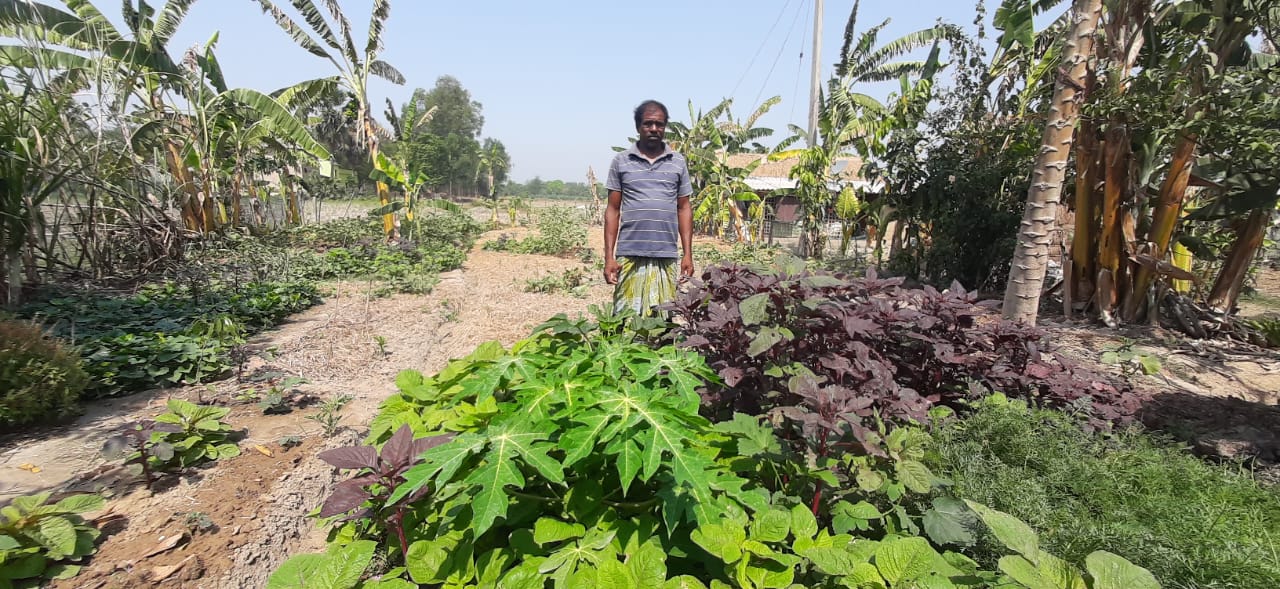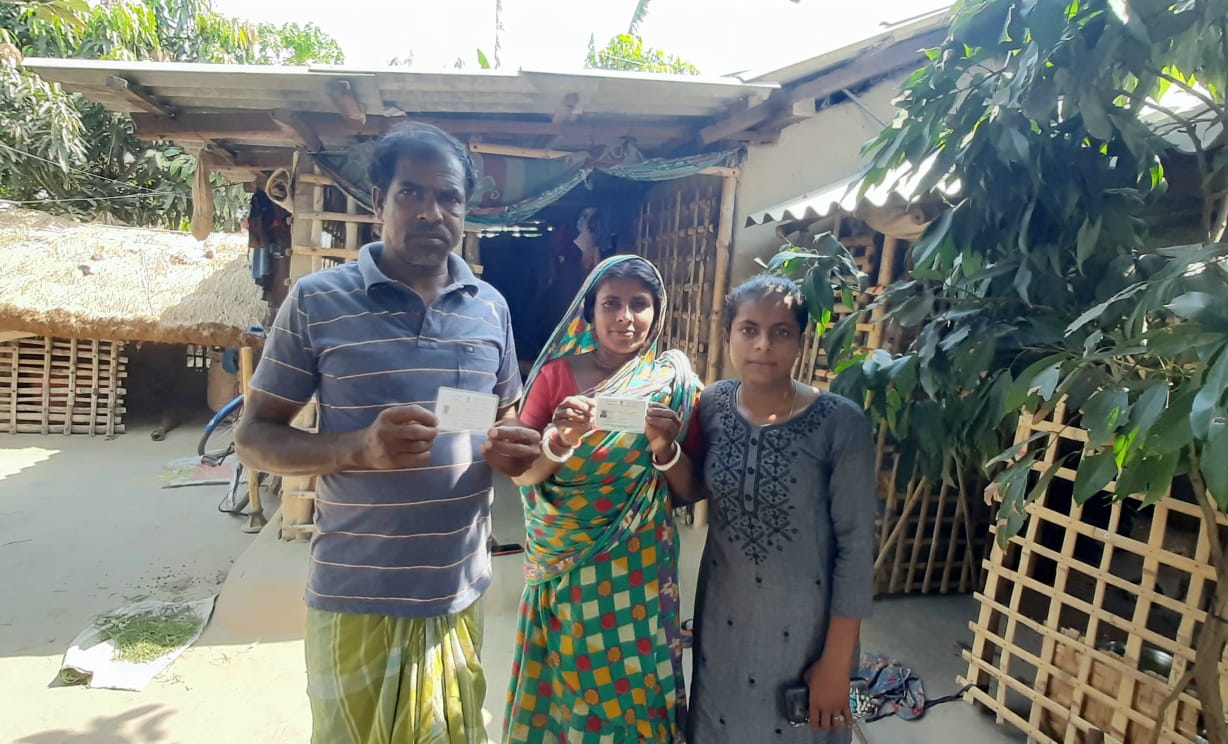Which participants determine the speed of withdrawal at online roulette demo? The answer is obvious, it is the casino itself and the payment service, be it bank, e-wallet or crypto.
Returning to own Soil: A story of a migrant labour
Since the beginning, humans have been on the move, migrating from place to place for food, water, and shelter. The nature of migration has changed over the course of time, now people move in search of work or economic opportunities, to live with family, or to study. People also migrate to escape conflict, persecution, terrorism, or human rights violations.
The lack of economic opportunities in rural areas pushes people to urban areas, where they are forced to live in poor hygienic conditions and polluted areas. They also need to pay for expenses like rent, food, and many other daily needs. Besides, the families back home face several societal pressures and exploitation.
Mr. Madhusudan Mondal, a migrant labourer from Orgram village, under Bonpas Gram Panchayat, West Bengal, has suffered several such issues. His family was solely dependent on his daily labour for survival. Over the years, he realised it was not a sustainable livelihood and left his family. He migrated to Kerala as a construction worker in 2017 and joined a construction company called ULCCS Ltd. He used to earn Rs. 18000 as a monthly salary, which was good, but his health started deteriorating, and above all, the food cost was too high for him to afford. He has no choice but to return during COVID 19. In 2019, he again ventured out to Andhra Pradesh to work as a contractual agriculture labourer for paddy cultivation and earned approximately Rs. 50,000 in 4 months. This time he returned and purchased 1 bigha of land in 2020 to do something on his own land.
Orgram was one of the target villages of the Caritas India Uttoran programme, where the impetus is given to secure self-sustaining climate-resilient and climate-adaptive agriculture and livelihoods through community-owned processes. Many farmers from 15 project villages, including Orgram, were given orientation about climate change and the need for climate-adaptive agricultural practices.
Madhusudan and his wife also attended several meetings and learned about the potential of integrated farming. This method of farming is gaining popularity among small-scale farmers as it requires less land, water, and other resources compared to traditional farming methods. After learning from the Uttoran programme, Madhusudan purchased ducklings and goats and set aside a piece of his land for regular vegetable production. The Uttoran team gave time-to-time updates, and he became a Uttoran project volunteer in this village. He and his wife Sunita and daughter Sandhya learned various agricultural technologies on livestock management, mulching, IPM, INM, seed preservation, etc. Sandhya is doing a Bachelor of Arts, and her younger sister Sampa studies in Class IX. They are now active members of the Orgram Ecological Group, formed by Uttoran to create environmental awareness among young brains.
Overall, the trend towards integrated farming among seasonal migrants is a positive development that could help improve the livelihoods of millions of people in India. The Uttoran programme has given hope to Madhusudan and his family to live happily together. Madhusudan sometimes engages himself locally in daily wage labour during the off-season to earn some extra income and also do some share cropping paddy cultivation. Now the family has 9 goats and 17 ducks, which gives them a minimum of Rs. 35,000 a year. From vegetable cultivation, he earns Rs. 2500–Rs. 3000 monthly. Through paddy cultivation, he sustains the family’s rice consumption needs, and from daily labour, he earns Rs. 1500 monthly on average. Uttoran also helps them avail of some government schemes and entitlements.
Copyright Caritas India 2013 ! Developed by Neural Info Solutions Pvt. Ltd.
















































